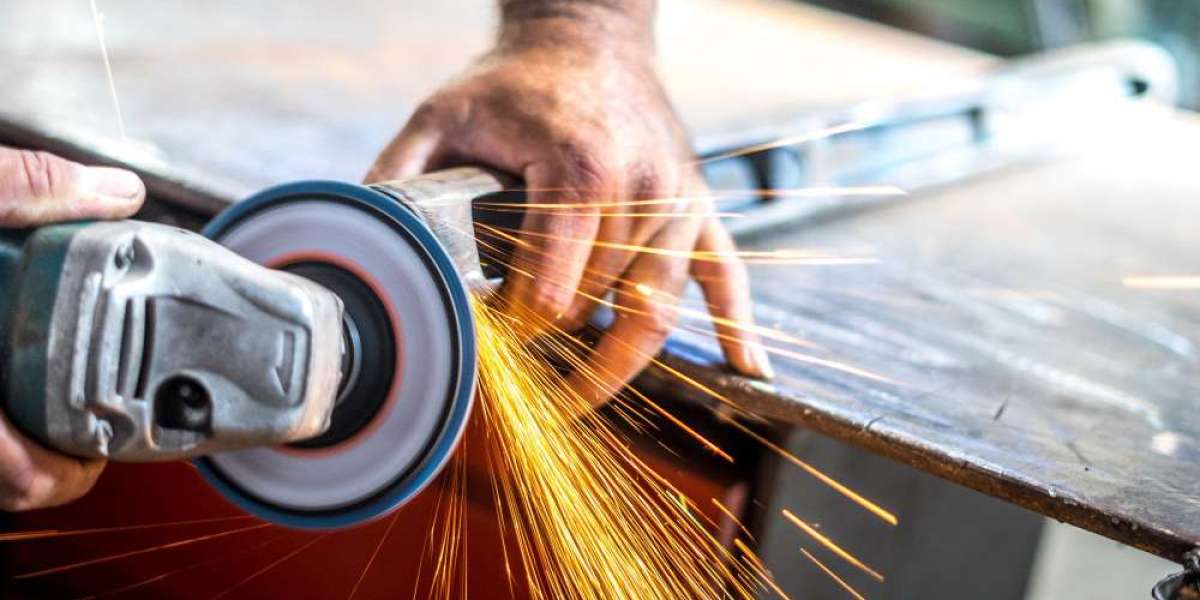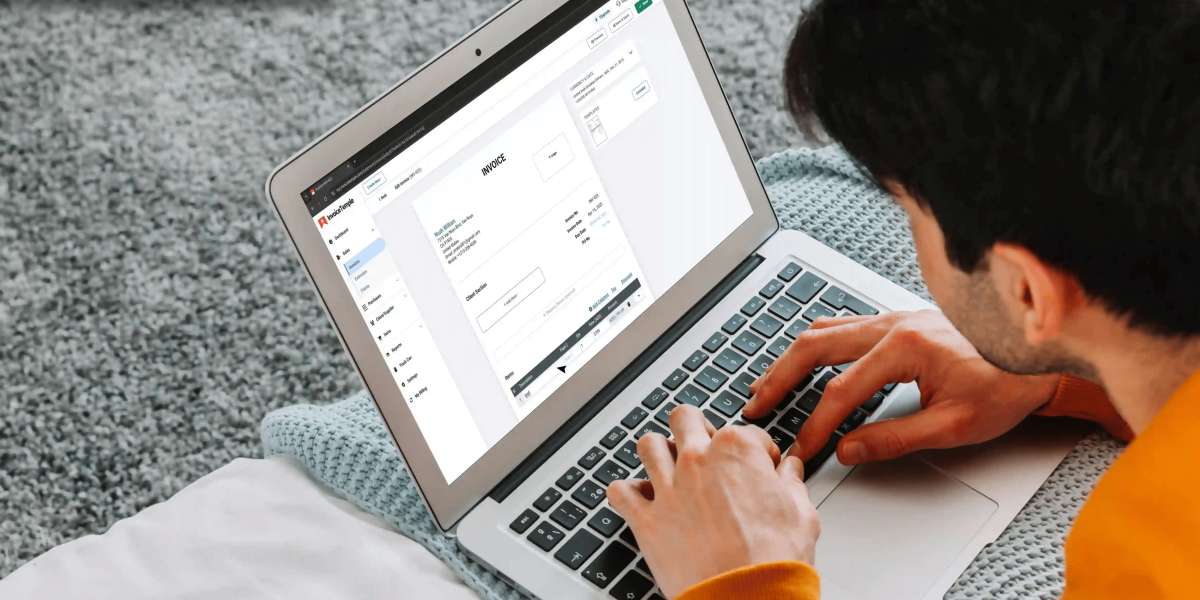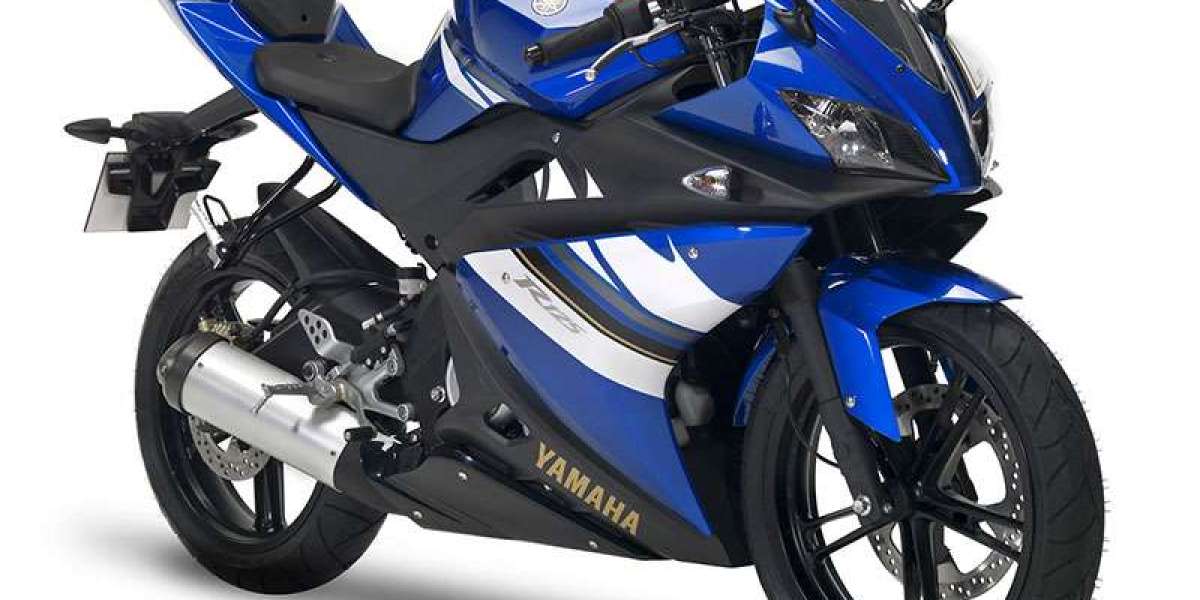When you're out on the water, your boat's engine might be its heart—but your cutting tools are the hands that make everything happen. Whether you're slicing rope, prepping bait, opening packaging, or handling emergencies, having the right blade within reach can make all the difference.
In this blog, we’ll explore the essential cutting tools for boaters, what makes a good marine blade, and how to choose and maintain the right tool for the job.
Why Cutting Tools Matter on a Boat
Boating involves a mix of tasks that demand cutting tools:
Cutting lines, ropes, or nets
Preparing food or bait
Emergency situations (like freeing someone from tangled lines)
Repairs, DIY fixes, or rigging adjustments
Safety and survival scenarios
Unlike everyday use, marine environments are tough on tools—constant exposure to saltwater, moisture, and UV calls for durable, corrosion-resistant equipment.
Essential Cutting Tools for Boaters
Marine Knife
A marine-grade fixed or folding knife is the most versatile and important blade onboard. Look for:
Stainless or titanium blades (rust-resistant)
Non-slip grip (for wet hands)
Sheath or clip for secure storage
Serrated edge for sawing through rope or cord
Popular uses: cutting rope, slicing bait, general utility
Pro Tip: Keep at least one knife accessible from the deck at all times—in an emergency, every second counts.
Line Cutter or Safety Cutter
Designed specifically for cutting fishing lines, nets, or rope without exposing a sharp edge, these are ideal for quick, safe use.
Great for kayaks, sailing, and personal watercraft
Can be mounted or worn on a PFD
Often used in rescue or entanglement situations
Multitool
A good marine multitool includes a small knife along with pliers, screwdrivers, and other functions. It’s a compact solution for repairs and small cutting tasks.
Must-haves in a multitool:
Rust-resistant construction
Locking blades
Easy-open design (one-handed if possible)
Great for: emergency fixes, cutting wires, or removing hooks
Fillet Knife
For anglers and seafood lovers, a fillet knife is a must-have. Look for:
Flexible, thin blade for precision
Corrosion-resistant steel
Protective sheath for storage
Tip: Keep this knife dedicated to food use only.
Galley Knives (If You Have a Kitchen Aboard)
If your boat has a kitchen or galley:
Carry one chef’s knife, a paring knife, and a bread knife
Use knife guards or a roll to store them safely in drawers
Always dry and store knives immediately after use
Care and Maintenance of Marine Cutting Tools
Saltwater is brutal on metal. To keep your blades sharp and reliable:
Rinse with fresh water after every use
Dry thoroughly before storing
Oil blades lightly to prevent corrosion (use food-safe oil for knives used with food)
Sharpen regularly—dull knives are more dangerous than sharp ones
Safety Tips When Using Blades on Boats
Always cut away from your body
Use non-slip cutting boards or surfaces
Store knives securely when not in use
Never leave blades unsecured on a rocking boat
Educate passengers or kids about knife safety
Where to Store Your Cutting Tools
Emergency tools (like rope cutters) should be mounted in accessible locations
Fishing and utility knives should be kept in tackle boxes or tool kits
Galley knives belong in drawers with locks or guards
Multitools can be clipped to belts, bags, or stored near the helm
Final Thoughts: The Right Tool for the Right Task
Every boat should be equipped with a selection of cutting tools that match the type of boating you do—be it fishing, sailing, cruising, or offshore adventuring. A cheap, dull knife might get you through once, but in a true emergency, having the right, well-maintained blade could save your boat—or your life.



